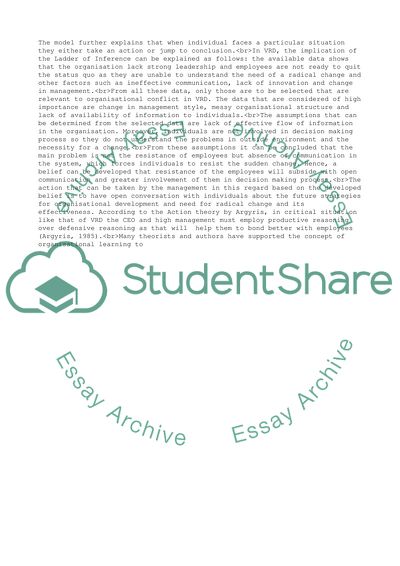Cite this document
(Not Found (#404) - StudentShare, n.d.)
Not Found (#404) - StudentShare. https://studentshare.org/business/1830247-case-study-organisational-development
Not Found (#404) - StudentShare. https://studentshare.org/business/1830247-case-study-organisational-development
(Not Found (#404) - StudentShare)
Not Found (#404) - StudentShare. https://studentshare.org/business/1830247-case-study-organisational-development.
Not Found (#404) - StudentShare. https://studentshare.org/business/1830247-case-study-organisational-development.
“Not Found (#404) - StudentShare”. https://studentshare.org/business/1830247-case-study-organisational-development.


